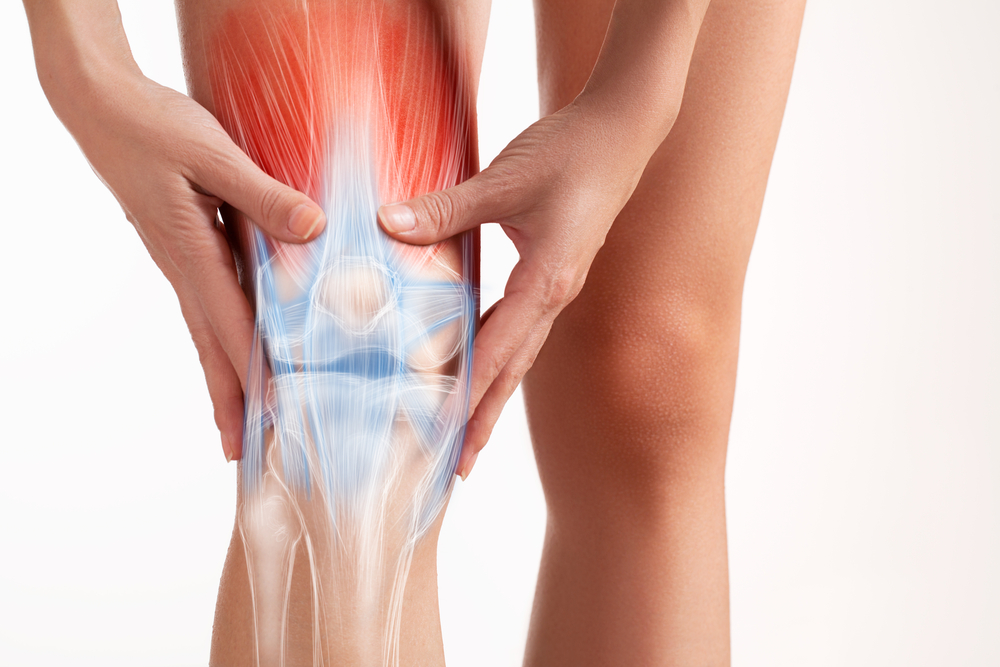Introduction
Rugby players must possess exceptional athleticism and resilience, as the sport is known for its intensity and physical prowess. But because of its inherent physicality, there is a significant risk of injury. We will be exploring the difficult field of rugby injuries in this blog. The objective is to identify practical methods for averting harm and promoting a strong recuperation. Through exploring this complex world, we hope to provide players and stakeholders with knowledge that will protect them from harm while also fostering a positive, long-lasting rugby experience. To preserve the longevity and general well-being of rugby enthusiasts, it is imperative to strike a balance between the excitement of the game and thorough injury management.
Understanding the Common Injuries-
Concussions
- Prevention: Stress safe tackling methods, teach athletes how to identify and report symptoms, and impose stringent guidelines for returning to the field after a concussion.
- Recuperation: Start a progressive return-to-play protocol and wait to resume full-contact training and competition until players are symptom-free.
Sprains and Strains
- Prevention: To improve muscle and ligament resilience, include thorough warm-up regimens, strength training, and flexibility exercises.
- Recovery: In the early stages, RICE (rest, ice, compression, and elevation) is essential. The next step should be a gradual rehabilitation that emphasizes flexibility and strengthening.

Fractures and Dislocations
- Prevention of Fractures and Dislocations: Teach players how to reduce their chance of suffering from fractures and dislocations. Exercises that strengthen joints and bones can be advantageous.
- Recuperation: In more severe cases, surgery might be required. Regaining strength, range of motion, and proprioception should be the main goals of post-operative rehabilitation.
Muscle Contusions (Bruises)
- Prevention: Protective equipment, like well-placed padding, functions as a physical barrier to absorb and distribute impact from collisions. By lessening the force applied to sensitive body parts, this lowers the possibility of injuries occurring while playing.
- Recovery: Using ice and compression as soon as possible after a collision can help reduce swelling and inflammation. Gentle stretching that is customized based on each person’s pain threshold subsequently helps to prevent further injury by increasing flexibility and facilitating a gradual and controlled return to physical activities.
ACL Injuries
- Prevention: Incorporating neuromuscular training involves exercises that target the nervous system and muscles, enhancing coordination and stability. This can reduce the risk of ACL injuries by improving a player’s ability to control their movements, especially during dynamic actions like changes in direction.
- Recovery: ACL injuries often require surgical reconstruction for optimal recovery. Post-surgery, rehabilitation focuses on gradually rebuilding strength, incorporating exercises to enhance proprioception (awareness of body position), and following a systematic plan for the safe return to sports activities under the guidance of healthcare professionals.
Prevention Strategies:
- Education: Training on injury recognition, injury prevention techniques, and the significance of following safety procedures should be provided to coaches, players, and officials.
- Emphasis on Proper Technique: In order to lower the risk of traumatic injuries, coaches should place a high priority on teaching and practicing proper tackling, scrummaging, and rucking techniques.
- Strength and Conditioning Programs: Customized strength and conditioning plans can help athletes become more physically resilient, which lowers their risk of ligament and muscle injuries.
- Warm-Up and Cool-Down: Create and implement thorough warm-up and cool-down exercises to prime muscles for action and facilitate their recuperation following exercise or competition.
- Protective Equipment: To lessen the force of collisions, make sure players have access to and are wearing the proper equipment, such as padding, headgear, and mouthguards.
Recovery Strategies
- Immediate First Aid: To reduce the severity of injuries, arm teams with medical professionals who have received training and are capable of administering first aid on the spot.
- Rehabilitation Plans: Under the direction of physiotherapists, create customized rehabilitation plans for wounded athletes with an emphasis on regaining their strength, flexibility, and functionality.
- Psychological Support: Acknowledge how injuries affect people psychologically. Give athletes access to sports psychologists or counselors so they can receive mental health support while they heal.
- Gradual Return to Play: Adopt a step-by-step strategy to get players back into full competition while making sure they reach predetermined recovery milestones.
- Monitoring and Follow-Up: Put in place a system to keep an eye on the players’ recuperation status and general health at all times. Seeing doctors on a regular basis can help to detect possible problems and stop injuries from happening again.
The Role of Technology:
- Video Analysis: To lower the risk of injuries brought on by poor form, use video analysis to evaluate player techniques and pinpoint areas for development.
- Wearable Technology: Utilize wearable technology to track players’ biomechanics, weariness, and physical state during practise and competition. This will give coaches important information about how to prevent injuries.

Conclusion
In the dynamic and physically demanding world of rugby, injuries are an inherent risk. However, with a proactive approach to prevention and a comprehensive strategy for recovery, players can continue to participate in the sport they love while minimizing the impact of injuries. Coaches, medical professionals, and players alike must work collaboratively to create a culture that prioritizes safety, education, and the holistic well-being of everyone involved in the game. By addressing injuries head-on, rugby can continue to be a thrilling and competitive sport, fostering the health and longevity of its participants.
